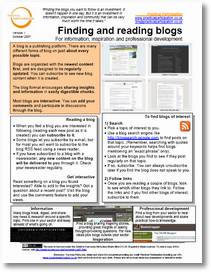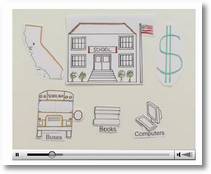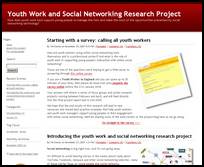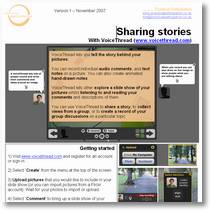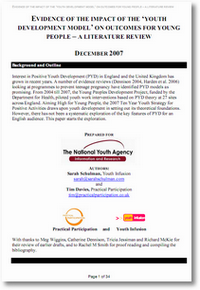 To help with clearing the 'To Blog' list before the Christmas Break – here's a quick round up of links that may be of interest…
To help with clearing the 'To Blog' list before the Christmas Break – here's a quick round up of links that may be of interest…
(Welcome to any new subscribers who have arrived since the flurry of one page guides earlier this week. There will be more of those in the New Year – for now the blog returns to it's general eclectic focus linking youth participation, social change and social media.)
Youth Participation and Youth Work
- The newly launched Young Researcher Network are making use of their new blog to ask for your responses to their Everyday Ethics research questions. Q1. What have been the ethical dilemmas you have experienced doing research?
- The NYA have published a new report on young people's access to transport, plus a literature review unpacking Positive Youth Development models for youth work programmes for an English audience (which I co-authored… more on that soon….)
- Children and Young People Now magazine have entered the blogosphere with a new community site. It's a little light on content and interaction at the moment – but a welcome addition to creating a space for growing the online community of youth work professionals.
Social Justice
- Oxfam GB are recruiting new Youth Board members. Open to young people in the UK aged 16 to 25. As an outgoing board member after a two-year term I'd be more than happy to answer any questions about what is involved.
- Rachel (my wife) has just started working with the Intercultural Communication and Leadership School in Leicester. They'll be running a number of courses in 2008 for young leaders from different communities from across the city. And of course, one of Rachel's first tasks has been to get the ICLS Leicester Facebook group up and running over here.
Cool stuff
- I spotted this post via Ewan: Building an interactive whiteboard with Nintendo Wii controllers – a New Year project perhaps.
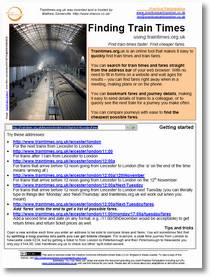 Ok. I promise this is the last
Ok. I promise this is the last 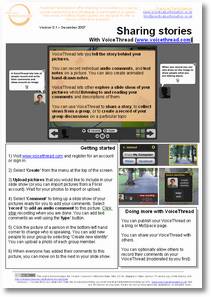 These two
These two 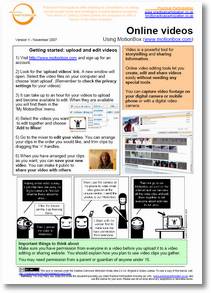 The second guide outlines how you can edit video online using MotionBox. For users whose computer systems are firmly locked down by the corporate or local authority IT department, online editing may well present one of the best options for quickly creating and sharing effective video content.
The second guide outlines how you can edit video online using MotionBox. For users whose computer systems are firmly locked down by the corporate or local authority IT department, online editing may well present one of the best options for quickly creating and sharing effective video content.
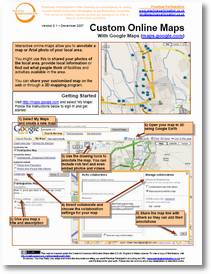 These two
These two 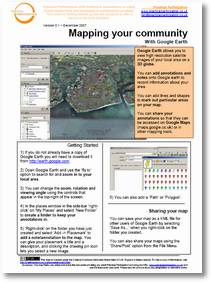
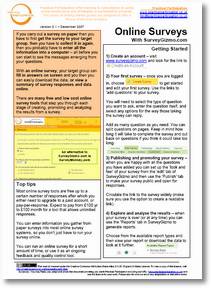 I wrote this
I wrote this 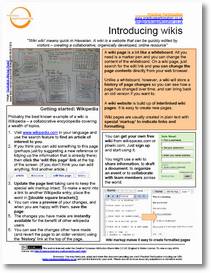 Another post in the
Another post in the 